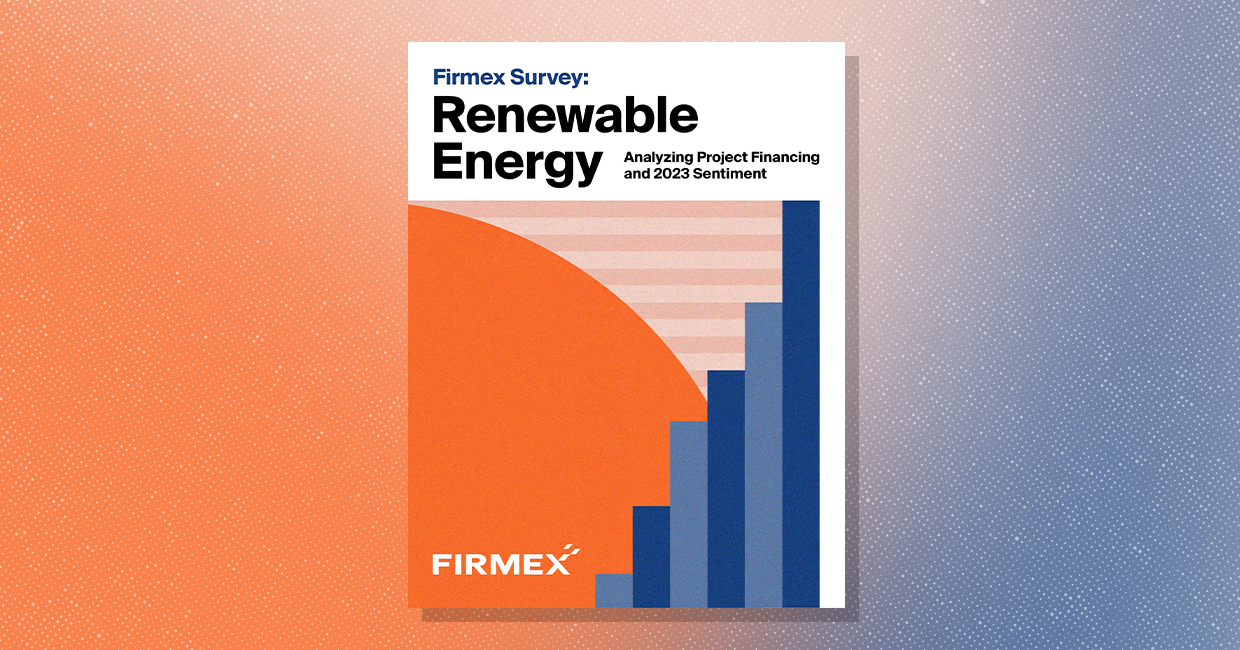On March 5th, the PDAC convention in Toronto hosted a session on Financing in a Volatile Market, chaired by Daryl Hodges, President of Jennings Capital, and Marc Mills, VP of Investment Banking for National Bank Financial. Here are three lessons that emerged:
1. Match the financing to the times
Selling shares may be the most popular means of raising money for mine development, but in today’s depressed environment for mining equities, companies must be more versatile in their financing strategy or risk serious dilution.
For Toronto-based Colossus Minerals, which is developing the Serra Pelada gold mine in Brazil, that means matching the financing to the times:
- In 2010 Colossus’s share price was soaring and the time was ripe to tap the equity markets. The company raised $69 million in a bought deal equity financing at $8.25 per share.
- In 2011, with interest rates dropping and investors demanding yield, debt made more sense. Colossus raised $86.3 million by issuing units consisting of gold-linked notes and warrants. The notes mature at the end of 2016 and the company believes it can pay off the debt quickly with cash flow from the mine.
- In 2012, when Colossus shares lost 30% of their value as investors abandoned the gold sector, streaming Serra Pelada’s byproducts – which represent about 8% of the NAV of the project – emerged as the most viable financing option. In exchange for US$75 million, Colossus gave Sandstorm Gold the right to buy 35% of the project’s payable platinum and palladium and 1.5% of its payable gold. In an interesting twist on the traditional streaming arrangement, Colossus has the option to buy back 50% of the stream for US$48.8 million.
Colossus has about $100 million in the bank and expects to begin full production later this year, ramping up to a thousand tonnes per day by the end of the first quarter of 2014. “We’ll be able to pay back the loan and the stream with cash flow and retain the value of the project for shareholders,” says CEO Claudio Mancuso.
2. Anticipate start up problems, always
In an effort to demonstrate how traditional financing has failed the industry, metal streaming company Sandstorm commissioned a study that compared guidance on production to what the project actually achieved. It turns out that, over the past seven years:
- Not one development project has made it to production on time
- Even when the guidance was within a year of the production target date, 78% of the projects were late by an average of 8 months.
- Total production in the first year was only 20-50% of the expected output.
The result? Debt obligations that can be difficult to meet and/or shareholders that jump ship or even start shorting your stock.
The moral of the story for Sandstorm CEO Nolan Watson – though take heed of the bias – is “Don’t take capital from people whose incentives are not the same as yours. When you are putting an asset into production, you will have problems and if your capital is not aligned you will lose your asset.”
3. Watch for opportunities to adopt orphans
Many of the companies who made expensive acquisitions when the industry was booming are now seeking to sell assets to generate cash and regain focus, said John Nyholt, a partner in the deals group of PricewaterhouseCoopers. Recent examples include:
Barrick Gold’s decision to put its African division up for grabs
Newmont Mining’s sale of the Hope Bay gold project in Nunavut
AuRico Gold’s sale of the Ocampo mine in Mexico.
Kinross Gold, which has suffered the wrath of shareholders for the overpriced ($7.1 billion) purchase of Red Back Mining in 2010, may be the next to rid itself of non-core assets. These orphaned projects represent opportunities for juniors nimble enough to finance them.


